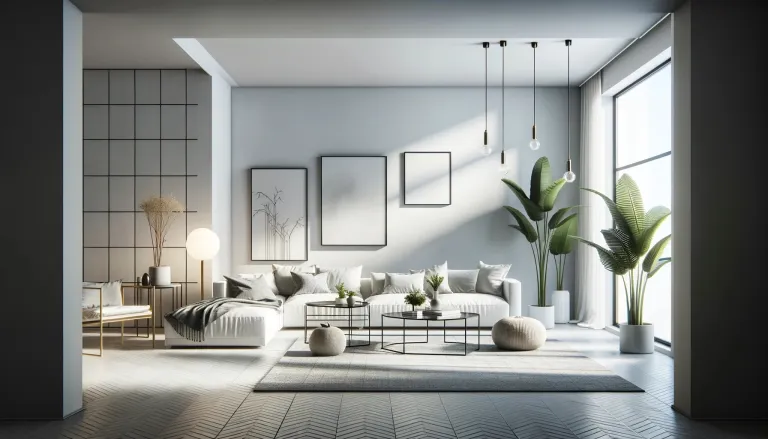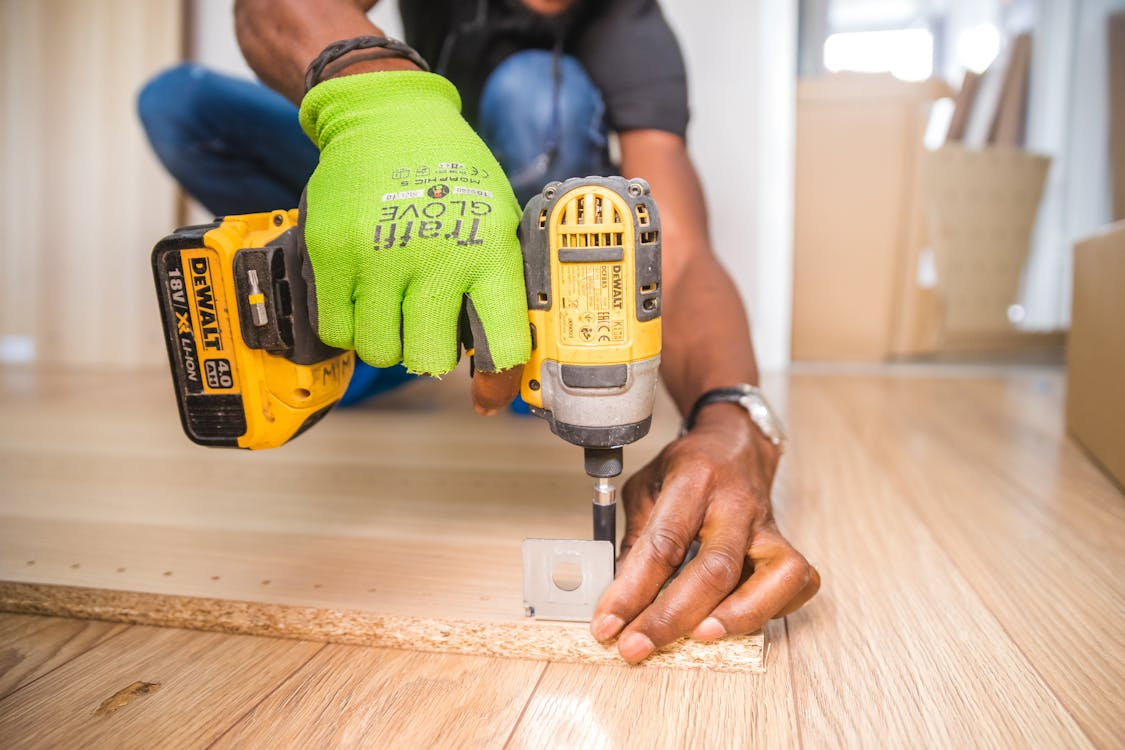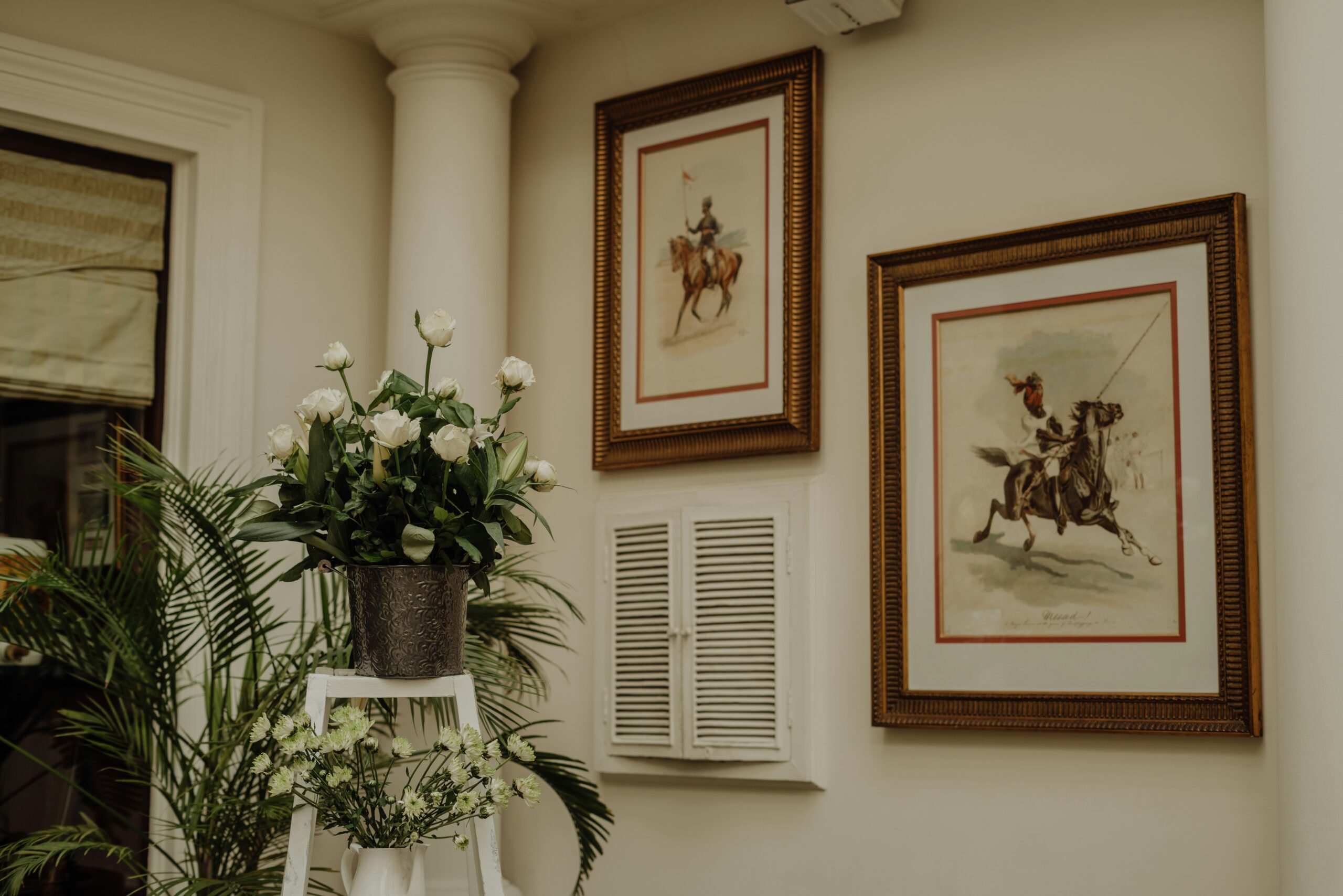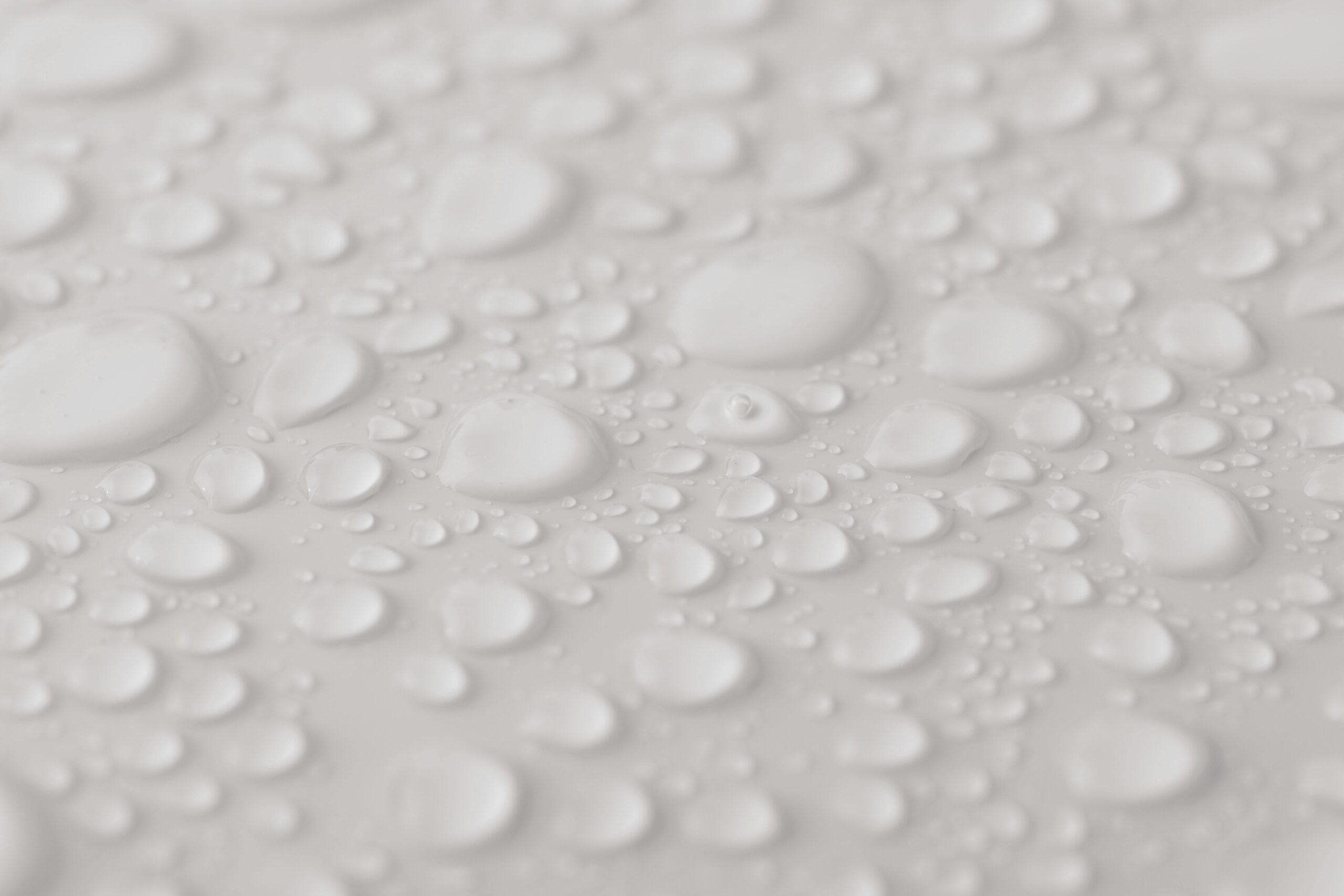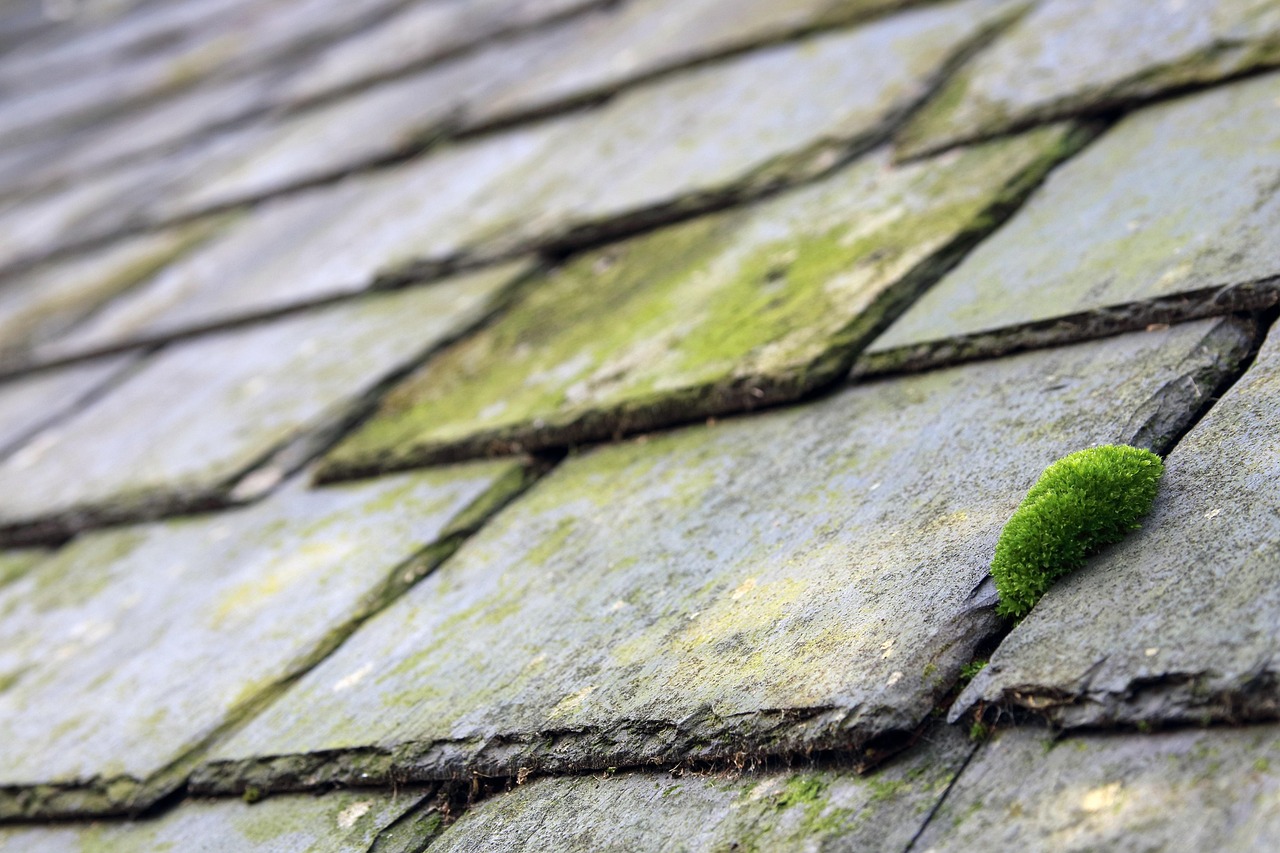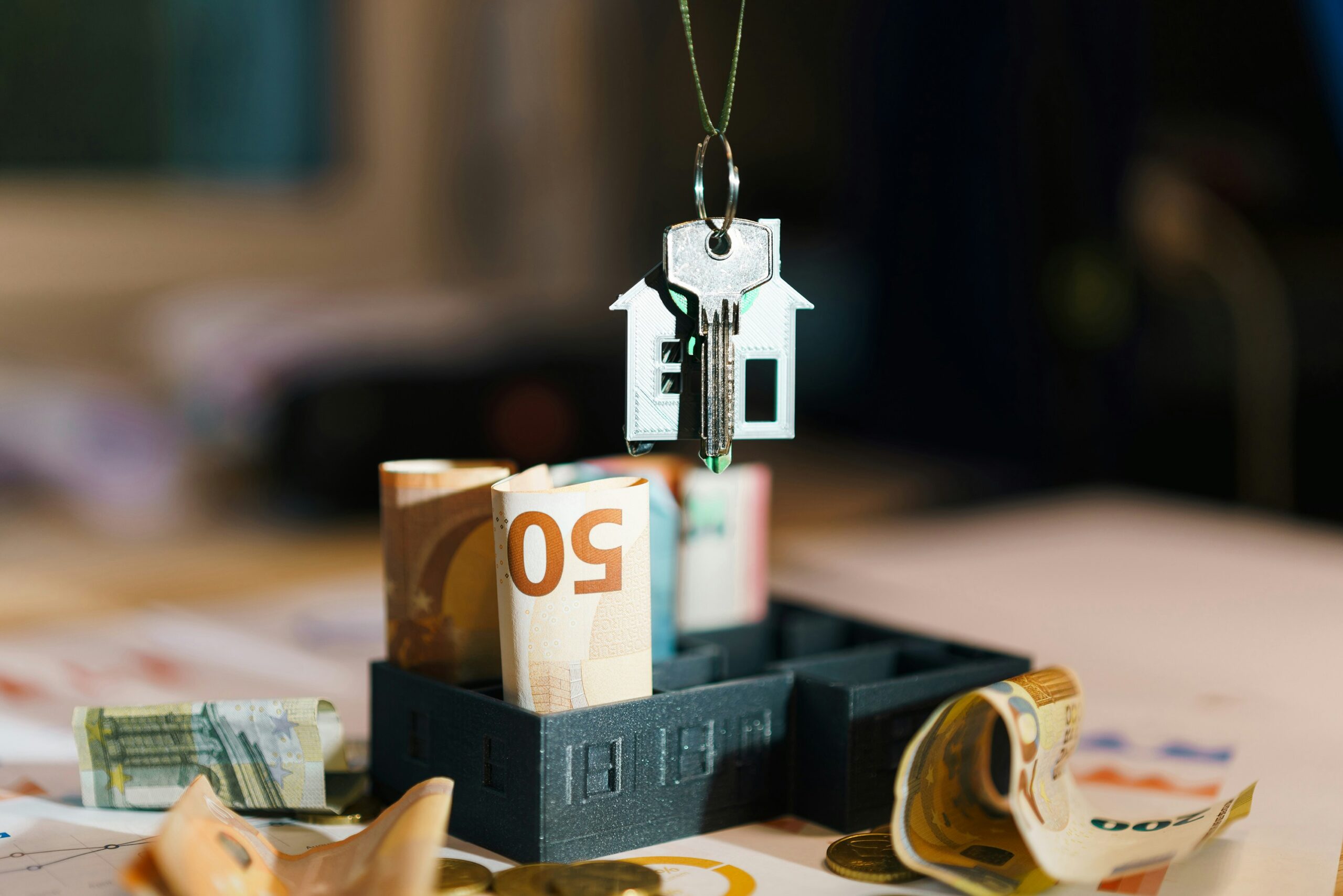Minimalism has become more than just a buzzword; it’s a way of life that prioritizes simplicity, intentionality, and functionality. In a world cluttered with distractions, mastering minimalism allows you to focus on what truly matters while creating serene and beautiful spaces. Whether you’re looking to declutter your physical surroundings or simplify your mental space, this guide will help you embrace the art of minimalism.
What is Minimalism?
Minimalism is about reducing excess and focusing on essentials. This approach applies to various aspects of life, from home design to daily routines. At its core, minimalism promotes a mindset of quality over quantity and intentionality over impulse. Commonly associated with clean lines and clutter-free spaces, the minimalist style emphasizes functionality without compromising beauty.
Fort Lauderdale interior design firm specialists agree that adopting minimalist principles in your home can lead to transformative results, enhancing both your lifestyle and your environment.
Characteristics of Minimalist Interior Design
- Simplicity: Clean, uncluttered spaces with a focus on essential elements.
- Neutral Colors: White, beige, and gray dominate minimalist palettes.
- Functionality: Every piece serves a purpose, blending utility with style.
- Open Spaces: A minimalist room often highlights open layouts to create a sense of freedom and lightness.
The Benefits of Minimalism
Mental and Emotional Clarity
Decluttering your space leads to a decluttered mind. A minimalist interior design fosters calm and focus, helping you recharge in a serene environment.
Improved Aesthetics
Minimalist interiors are timeless and elegant. A modern minimalist interior design approach can elevate any space, creating an inviting and sophisticated atmosphere.
Practical Advantages
From reducing cleaning time to saving money on unnecessary items, minimalist living encourages efficiency and sustainability.
Steps to Embrace Minimalism in Your Space
1. Declutter and Simplify
Start by removing items that no longer serve a purpose. In a minimalist living room, for example, focus on essential furniture like a sleek sofa, a coffee table, and ambient lighting. Avoid over-accessorizing and instead choose a few statement pieces to create visual interest.
2. Adopt a Minimalistic Interior Design Style
When redesigning your home, consider incorporating a minimalistic modern interior design approach. Use neutral tones, simple furniture, and natural materials to create harmony. Minimalistic interior design ideas include using open shelving to reduce visual clutter and adding subtle textures through rugs or throw pillows.
3. Focus on Functionality
Incorporate multi-functional furniture, especially in smaller spaces. A minimalist interior design for a small house should prioritize versatile pieces, such as a sofa bed or a dining table with built-in storage. This ensures you’re maximizing utility without overcrowding the space.
4. Create a Focal Point
In a living room minimalist interior design, use a statement piece like an abstract painting or a unique light fixture to draw attention. Let this element shine by keeping the rest of the room simple and cohesive.
Minimalism Beyond Design
Minimalism isn’t limited to your physical surroundings. Adopting a minimalist mindset can positively impact your daily life. Simplify your schedule by prioritizing essential commitments, and declutter your digital life by organizing files and reducing screen time.
Overcoming Common Challenges
Emotional Attachment
Letting go of sentimental items can be difficult. Focus on the functionality and joy each item brings, keeping only those that align with your minimalist goals.
Fear of Empty Spaces
Embrace negative space as part of the design. In modern minimalistic interior design, empty areas create balance and allow the eye to rest.
Staying Consistent
Minimalism is a lifestyle, not a one-time task. Regularly reassess your space and habits to maintain the minimalist aesthetic and mindset.
Inspiration for Minimalist Interior Design
Types of Minimalist Interior Design
- Modern Minimalist Interior Design: Sleek lines, neutral palettes, and innovative materials define this style.
- Scandinavian Minimalism: Combines warmth with simplicity through natural textures and soft hues.
- Japanese Minimalism: Focuses on balance and harmony with nature.
Minimalist Interior Design Ideas
- Use large windows to let in natural light.
- Incorporate greenery with a single plant as a statement piece.
- Choose furniture with hidden storage solutions.
Conclusion
Mastering minimalism is about creating spaces and lifestyles that reflect intentionality, simplicity, and elegance. Whether designing a minimalist interior design living room or adopting a minimalist mindset, the principles of minimalism can transform your life for the better. Start small, focus on quality, and enjoy the serenity and clarity that minimalism brings.

